Fall 2019
On the Border of Anxiety
– Beth A. Simmons
Borders are no longer just lines on a map. They are places of active governance. Knowing them better may help us manage them more wisely and humanely.
International borders have been headline news in the past few years. The United States government experienced its longest shutdown in its history in the winter of 2018 and 2019 over border security policies. The European Union will shrink for the first time ever when (or some say “if”) Great Britain withdraws, exposing Ireland’s border for the first time since 1998 – both to the inconvenience of border inspections, and the risk of escalating tensions thought to be settled by the Good Friday Agreement of 1998.
Some tensions lurk just below the surface. Between Israel and the Gaza strip, underground concrete is being poured to prevent cross-border tunneling. From Hungary to the Balkans and in Turkey, razor wire and concrete slabs have been erected relentlessly. Borders are even hardening between good friends: a couple of years ago, a twelve-foot slab wall suddenly went up in the quiet border city of Posadas, between Argentina and Paraguay.
Why have borders gained such salience, both internationally and in domestic politics? Interstate violence is on the decline. States have largely settled their territorial claims against one another, and treaties delineate their respective jurisdictions. Norms of territorial integrity prevail, and with a few glaring exceptions such as the Russian invasion of Ukraine, they are widely respected.
Globalization is part of the reason, forcing states and citizens to struggle with the very concept of territoriality. Over the past seven decades, many nations have flung open their borders to capital and the physical movements of goods. Nonstate violence from terrorism and crime poses an increasing threat to some governments.
As a result, the contradictions and conflicts between the notions of statehood that underpin the entire international system and the opportunities and threats of increasingly open national boundaries have been forced into the open. States must provide public goods – schools, rule of law, basic welfare provisions – within their territories, even as they cope with perceived external threats and increasing economic interdependence. At a moment when sophisticated agreements and protocols deepen market integration, state borders increasingly harden against unwanted human entry.
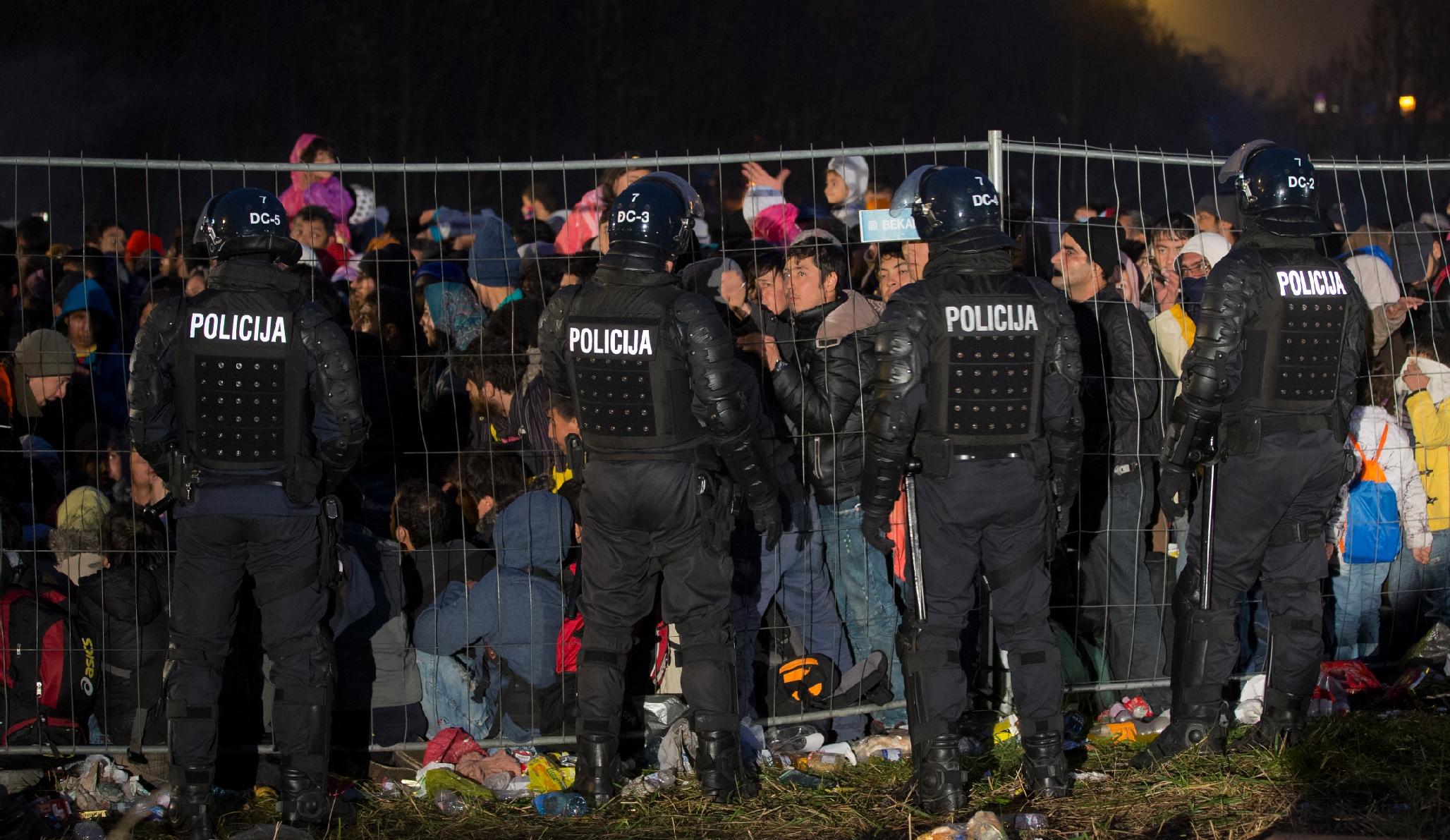
Far from creating certainty and clarity, borders are now places associated with immense anxiety. One might say that the challenge of our time is no longer how borders are to be delineated, but rather how they should be governed.
Few global studies have systematically examined the stresses and strains on these zones as the world has supposedly integrated. Nor is it clear how border hardening will affect human rights norms. But if the challenge of borders has changed, and the stakes of what happens there seem suddenly high, don’t we also need a fresh approach to studying them? What tools do we have to understand growing border anxieties, and what might we learn that will detoxify our discourse about international borders – and help governments devise more effective and humane policies?
The Shifting Nature of Borders
Borders have always been about territorial jurisdiction, nation-state consolidation, and nation-building. Their function is to make political authority spatial rather than personal. It took decades – in some cases, centuries – to convert non-spatial forms of authority, including spiritual and tribal authority, into the territorially define jurisdictions that today we know as States. The process was violent and highly contested, but mapping technologies provided the conceptual shift to suggest that political authority was homogenous and legitimate within certain territorial boundaries. International law helped to consolidate these conceptual understandings with treaties that made spatial delineations explicit. By the twentieth century, to have well-defined territory was part of what it meant to be a nation-state.
These conceptions solidified understandings among states, but they scarcely addressed the issue of nonstate actors. And, in fact, for most of history, such actors have been free to move largely without restriction from one “sovereign jurisdiction” to another. Emigration – the right to leave a sovereign jurisdiction – has long been defended as a natural right of human autonomy.

For many decades, this was not a problem. In the mid-seventeenth century, the world’s entire population was less than that of today’s European Union. Most states responded indifferently, or even eagerly, to arriving migrants. In most areas, including Europe and the Americas, inward migration was seen as a national resource rather than a burden. That began to change drastically toward the end of the nineteenth century, when migration became increasingly multiracial. Liberal immigration policies proved especially fraught during economic downturns.
Much has changed since the days when people could move freely across international borders. First, population density around borders has grown. Today about a quarter of the world population lives within 100 kilometers of a land border, and population density in a five kilometer radius around the world’s border crossings has increased from about 212 person per square kilometer in 1990 to about 275 in 2010.
Far from creating certainty and clarity, borders are now places associated with immense anxiety.
Add to this that a growing number of people do not cross international borders voluntarily. In 2017 more than 25 million persons were forced to flee their homes and live abroad as refugees; another 3.1 million were official asylum seekers. All told, some 3.25 percent of the world’s population was born in a country other than the one in which they were living, up from about 2.75 percent in 1960, when the world’s population itself was much smaller.
Sovereign jurisdiction also means the right to control economic activity as each state sees fit. Despite globalization, taxes, regulatory requirements, and banned products and substances continue to vary by state. And where states have not harmonized their rules, there is growing opportunity for cross border arbitrage. Such arbitrage has morphed into transnational crime. This activity has always profited from jurisdictional disjuncture, but even more so as licit markets have become more integrated. Even as economic liberalization deepened and spread, national security threat assessments in the 1990s for the first time began to place transnational organized crime near the top of the list.
For decades, scholars and commentators have focused for the most part on aggregate indicators associated with globalization. They have not paid much attention to the stress and strain globalization has put on the seams of the international system. For both practical and symbolic reasons, borders have become at once conduits of connectedness and sites of growing contention.

These pressures are helping to shift borders from institutions of sovereign delineation to institutions of governance. While some states cling desperately to the idea of an open border with friction free governance (the Republic of Ireland, for example) many more are moving in the opposite direction, toward border hardening, and even securitization. There is evidence of these trends in both words and deeds on a global scale.
Border Anxiety
Contested international borders are a prime provocation for militarized interstate conflict. Fortunately, the average number of official state disputes over territory has declined since about 1970. States are increasingly solving their traditional border problems.
But for those who take the open nature of traditional borders for granted, the last several years have presented significant surprises. Rancorous debates in the United States over construction of a “border wall” are but one example of a newly charged discourse. In fact, there is considerable evidence of growing global anxiety about border control. And that evidence suggests that traditional issues of state-to-state border determination have become secondary to issues of border management in the face of perceived nonstate threats.
The Border in Discourse
The United Nations is one public stage where increasing border anxieties play out. Systematic analysis of state speeches in the Annual Debates of the General Assembly supports this hypothesis. These debates are a rare opportunity for every member of the UN to express their priorities and concerns to the rest of the world.
In a recent paper, my colleague Robert Shaffer and I analyzed these debates. We identified all paragraphs in these speeches that are “border relevant” – defined as discussing (1) a specific physical, non-metaphorical international border or regional interstate borders, or (2) a concrete policy problem with a clear impact on a physical, non-metaphorical international border. Our analysis revealed that the frequency of border-relevant public discourse at the United Nations is on a clear upward trend (at least since 1970), and is currently at its peak for this period.

Increasingly, states express concerns about local borders, rather than borders in far-flung locations around the world. The distance between speaker and the border of concern in their speeches has shrunk systematically, especially since the end of the Cold War. This suggests a relative decline in the salience of epic global conflicts (Israel and Palestine, or Cambodia and Vietnam, for example) and the increasing immediacy of local issues around international borders for a growing number of states.
Tellingly, our analysis of sentiments expressed in UN speeches also reveals that border utterances are trending sharply negative, especially since about 2010, while discussions unrelated to borders are increasingly sharply positive.
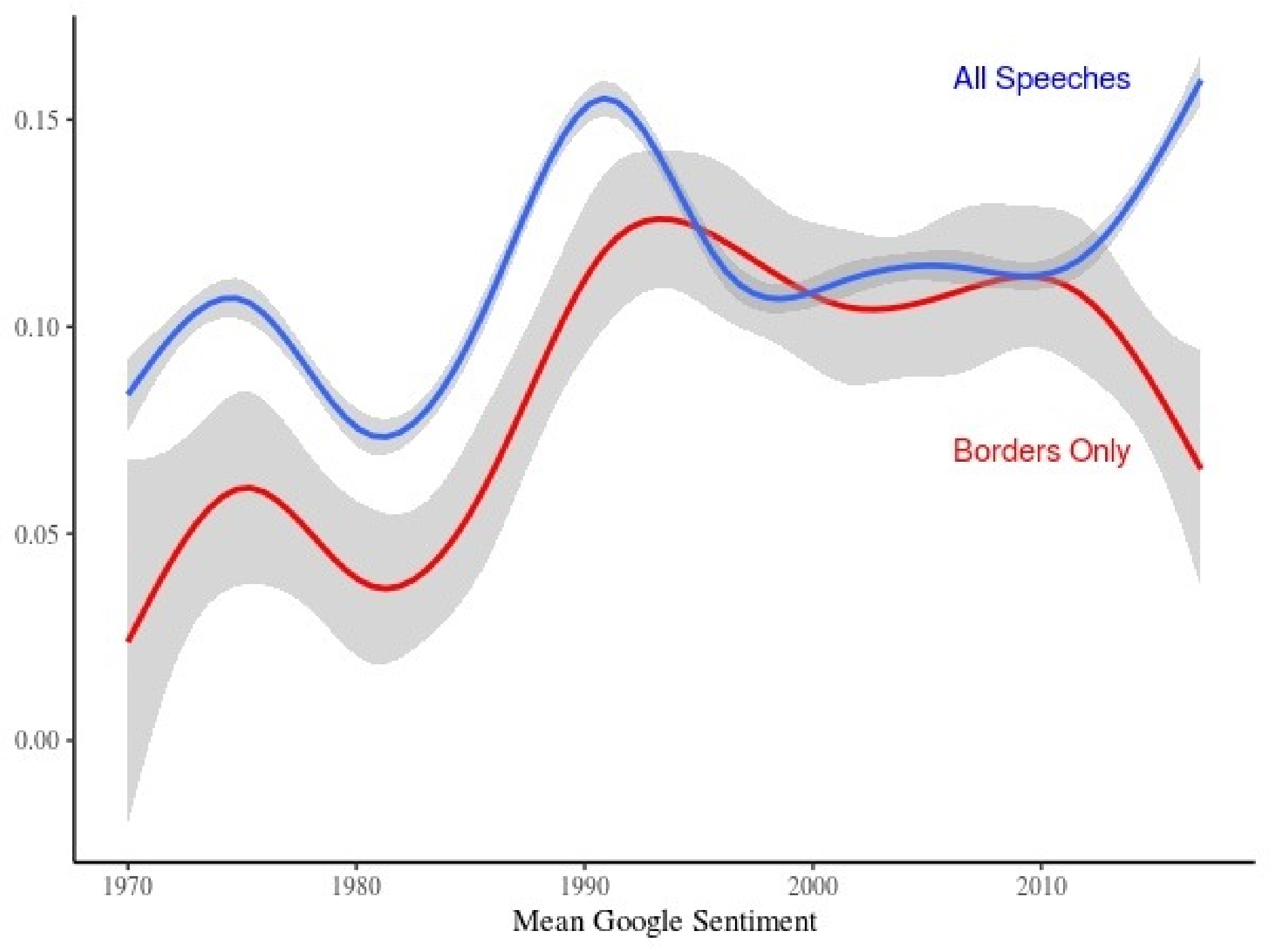
What is the substance of these concerns? The density of state-to-state words (such as “demarcation,” “settlement,” “international,” “state,” and “war”) remain high but are on the decline. Mentions of “terrorism,” “migration,” “crime,” “smuggling/trafficking” are gaining rhetorical share. In sum, systematic discourse of states world-wide reveals increasingly frequent, localized and negative concerns about non-state actors around international borders than we have seen in the past.
These expressions of border anxiety might well be deemed marginal, were it not for the fact that they are reflected also in the business of the UN Security Council (UNSC). For example, in 2004 the UNSC’s concerns with non-state actors’ possession of weapons of mass destruction (nuclear, chemical and biological weapons) called on states, for the first time, to secure their borders.
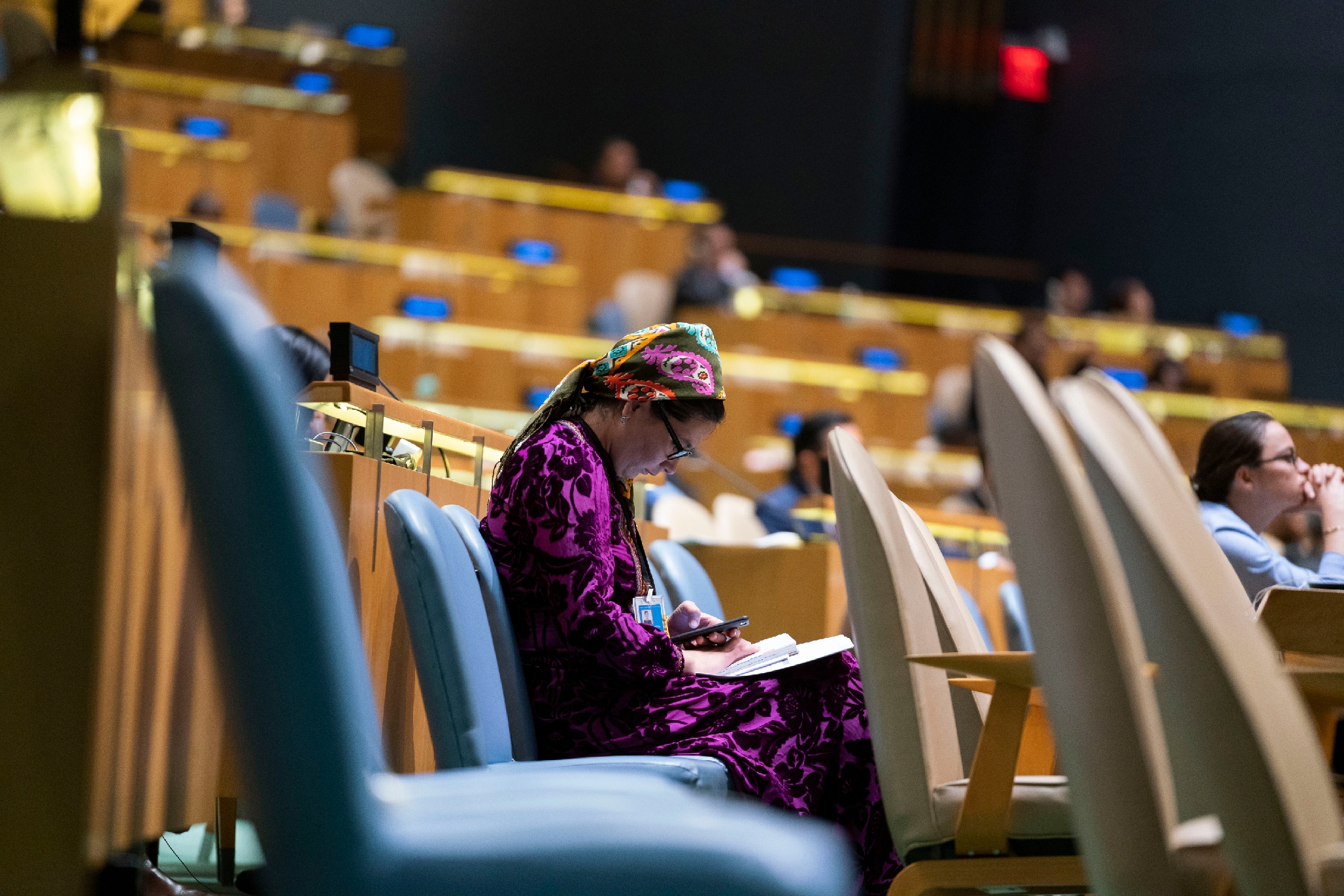
By 2014, the Security Council also required states to prevent terrorist movement across borders by cracking down on fraudulent documents and other evasions. A series of subsequent resolutions called for follow up. In the last 15 years of debate and decision-making, UNSC has shifted from the legitimation of specific borders to their security, control and governance.
The Border in Practice
States aren’t just talking the talk when it comes to borders. These increasing anxieties are also compelling nations to expand their concrete actions on border security. These actions take many forms: visa restrictions, travel bans, and trade wars, as well as unilateral and “cooperative” migration policies, policing programs, and even military action.
The investments that states – and sometimes the international community – have made to reestablish official authority at their international borders can also be documented in the built environment itself. States have labored to harden their boundary edges and to thicken their borders. Many have doubled down on border architecture and personnel in the face of perceived dangers reflected in their rhetoric.
Research undertaken with my colleague Michael Kenwick on the concept of border orientation is useful in assessing this trend. By “border orientation” we mean states’ commitments to the public, authoritative, and spatial display of their capacities to control the terms of penetration of their national borders, often in response to perceived vulnerabilities to external “threats.” Physical displays at and near borders are of fundamental importance. They include such phenomena as walls, fences, and inspections facilities, official buildings housing border patrol, police stations, and related investments.
Above: Satellite images of borders. Left: U.S. and Mexico (Latitude: 27.354159, Longitude: 99.45647) Right: Burkina Faso and Togo (Latitude: 10.977377, Longitude: 0.511543) (Simmons/Kenwick)
Such physical displays send signals both to citizens and to outsiders. Citizens and residents are assured that the state is protecting their well-being from various foreign threats. Neighbors and the rest of the world see that the state has both the will and capacity to control entry on its own terms.
Satellite imagery is one way to document the growing efforts by states to harden their edges. By combining information on the built environment at border crossings (barriers, buildings, inspection lanes), along state perimeters (fences, walls) and within a border zones (police stations within 30 kilometers of the border) it is possible to detect where borders have been officially reinforced.
Border crossings are especially important geopolitical and economic spaces: where a road crosses an international border suggests both a desire to connect and to filter at the same time. These locations can be precisely located by overlaying a political map of the world on a map of the world’s major roads. Where they intersect, we expect to find sites where states display their control over entry.
A global map of border orientation is especially revealing. Border crossings are represented by balls that are color-coded (from red, which means potential crossers are likely to be stopped) to yellow (caution, you may be stopped) to green (no official capacity controlling traffic). The red regions signify a stark state border presence; yellow is moderate to weak; green is nearly non-existent. Clearly, wealthy countries have stronger border orientations than do poorer countries.

Our research has revealed, however, that even controlling for the ability to build a state presence at the border, differences in the wealth between neighbors predicts an even higher propensity to secure the border in this manner. Moreover, there is also strong evidence that on average, in every region of the world states have fortified their borders over the past twenty years. The single exception is the EU’s Schengen area, where pressures to securitize have mounted since 2015, but are for the most part resisted, at least internally. North America has the strongest border orientation of any region of the world, driven primarily by the policies – and investments – of the United States.
While the trends are unmistakable, every border has a different story and a distinct politics. Many border investments are aimed at people eager – and sometimes desperate – to cross from one country to another. Some states respond to human mobility with massive investments meant to filter and to deter them.
For instance, the United States had 14 miles of fencing on its southern border before 1996. Even before President Trump was elected, this total exploded to about 650 miles. U.S. policy is also changing in the degree to which migrants are processed at the border. In El Paso in the spring of 2018, migrants from Central America were initially detained inside the United States and families separated. Within the year, a new policy returned such migrants to Mexico for “protection," rather than holding them in the United States while they waited to exercise their right to lawfully claim asylum at a U.S. port of entry.
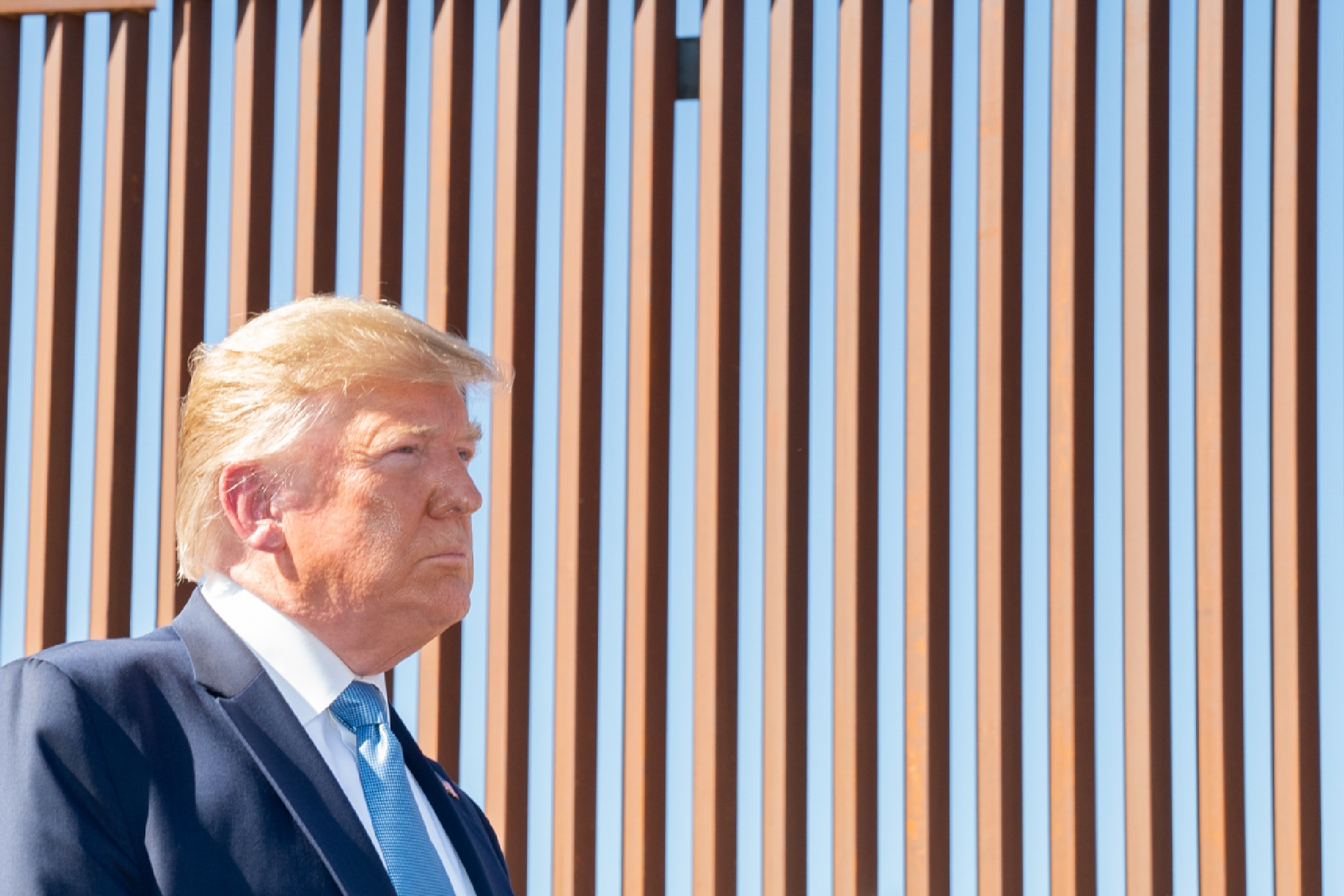
Other countries choose to extend token fencing in the face of migration surges. Norway built 200 meters of fencing at its northernmost border crossing with Russia in response to a surge of thousands of Syrian, Iraqi and Afghan asylum seekers (some on bicycles) in the winter of 2015 and 2016. The Venezuelan crisis has caused massive confusion and hardship for millions of fleeing Venezuelans and their neighbors, primarily Colombia, but its ripples are as far-reaching as northern Chile. Neighboring states have begun to harden their attitudes, but to date have not made major physical investments to keep Venezuelans out.
The story on Turkey’s eastern and southern orders shows another approach. Turkey has accepted the largest absolute number of Syrian refugees, but cross-border smuggling and concerns about Kurdish terrorism have motivated its government to construct a 764-kilometer concrete block wall to secure Turkey from the fallout from the Syrian conflict. Human rights groups have recently documented the less-than-voluntary return of Syrian refugees from Turkey to a “safe zone” that now looks anything but safe as this article went to press.

The hardening of international boundaries that we observed in our research on border orientation tracks closely with these cases – and with many more. It is an observable physical manifestation of varying measures of anxiety about migration, violence, and crime penetration, used as motives to secure respective international borders.
A Fresh Look?
For all the concern that international borders provoke, we still know surprisingly little about the current role and status of the jurisdictional seams between states in this purportedly “globalized” world.
The shift of borders from demarcation to governance has not received sufficient attention. Borders have been studied by international relations scholars as means of territorial division and delineation. International legal scholars examine jurisdictional divisions. But few researchers have examined the pressures exerted by global integration. Fewer still have documented state anxieties as reflected in official and societal discourse, or how state commitments to border control are reflected in their dedicated border presence.
Since one quarter of the world’s population lives within 100 kilometers of a land border, it is increasingly imperative that we give international borders a fresh analytical look. State governance of border zones is an urgent concern in such spaces, and directly affects broad swathes of humanity.
These shifts should compel us to find answers to the many open questions about borders Does border control pay dividends – that is, does it achieve some (un)articulated goal? Does it contribute to a safer society? Healthier trade relationships? Reduced crime, human and drug trafficking, and terrorism? Or does it have unintended consequences? Does it send hostile signals to neighbors? Stoke nationalism? Divert rather than reduce transnational crime?
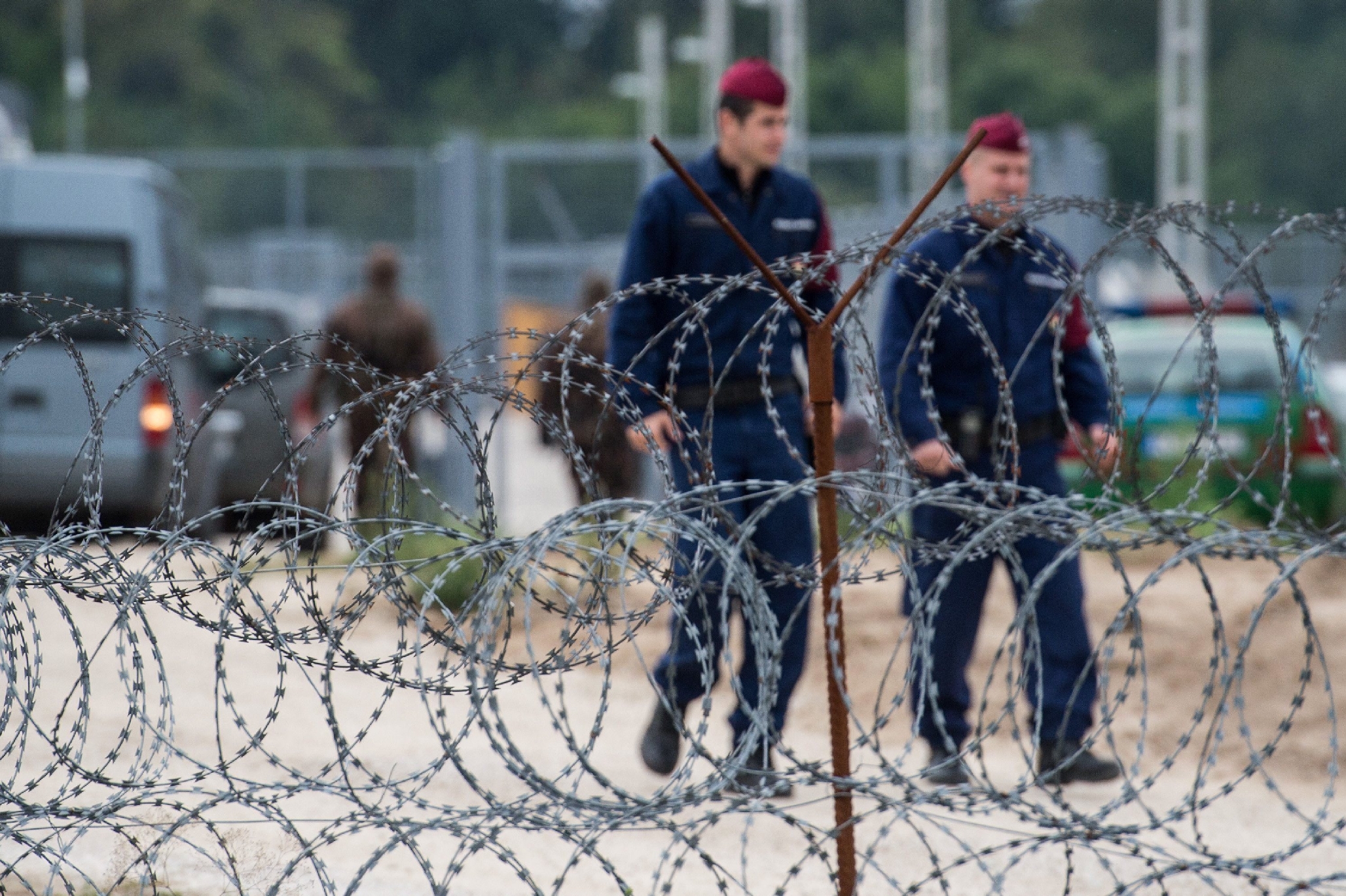
Borders have been around for centuries. But the shifting landscape of border security is being debated in the context of relatively new norms of internationally-recognized human rights. It is no longer enough to talk about securing the border for traditional reasons (safeguarding sovereignty) or by traditional means (unilateral securitization), especially if these state imperatives violate fundamental norms of human dignity. More research will help focus attention on the circumstances in which when border security compromises other acknowledged human values.
Not every border anxiety corresponds to a real threat. But documenting the surge in border anxieties is essential. The sooner they are studied and humanely addressed, the more relevant our border research will become – both to people and to policy.
Beth A. Simmons is Andrea Mitchell University Professor of Law, Political Science and Business Ethics at the University of Pennsylvania, where she directs the Border and Boundaries research project. She is a member of the National Academy of Sciences. Her research on borders is funded by the Carnegie Foundation and the National Science Foundation.
Cover Photo: The All-American Canal, near El Centro, California. (Photo by Sergio Chapa / Guadalupe Correa-Cabrera)